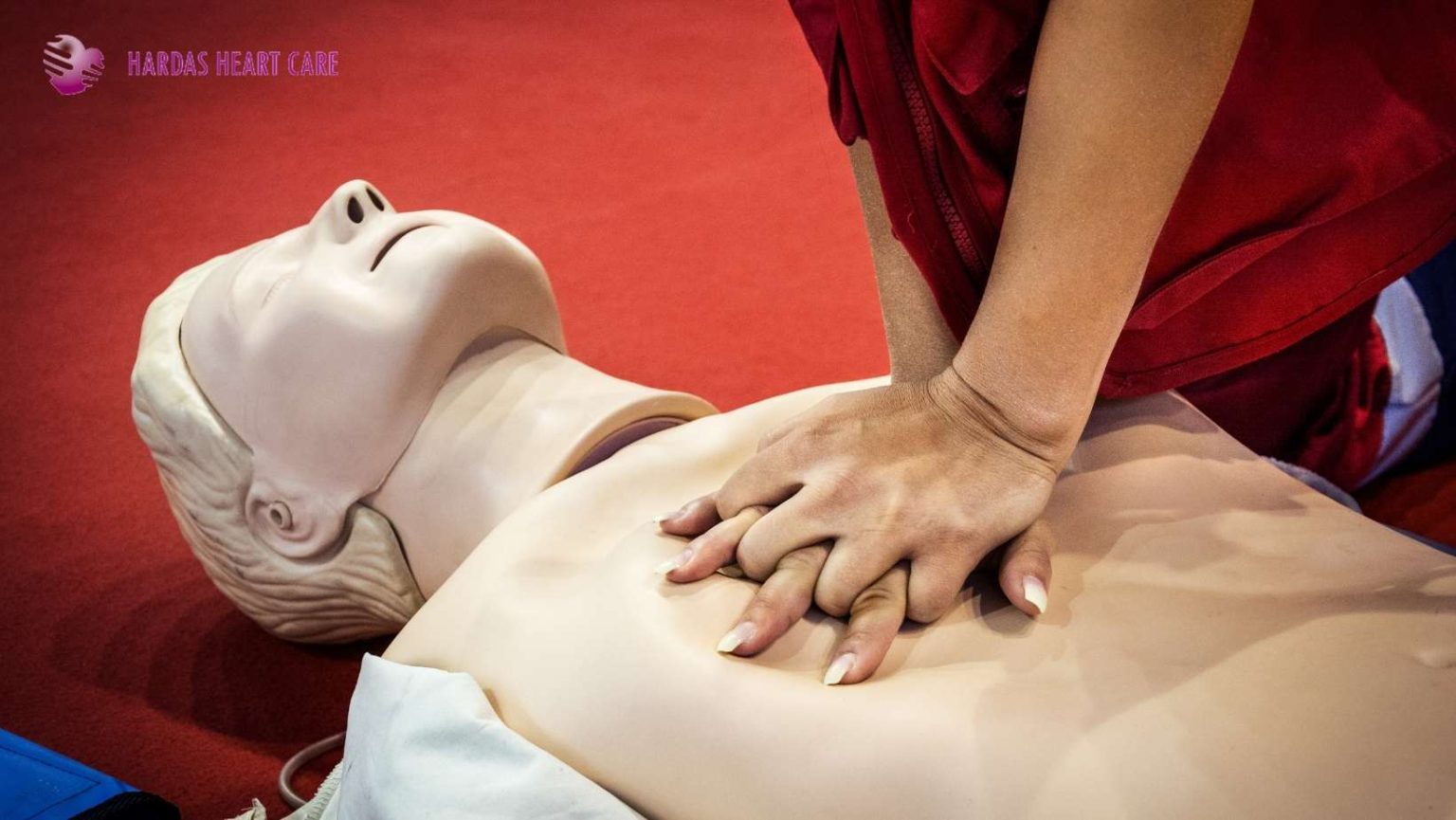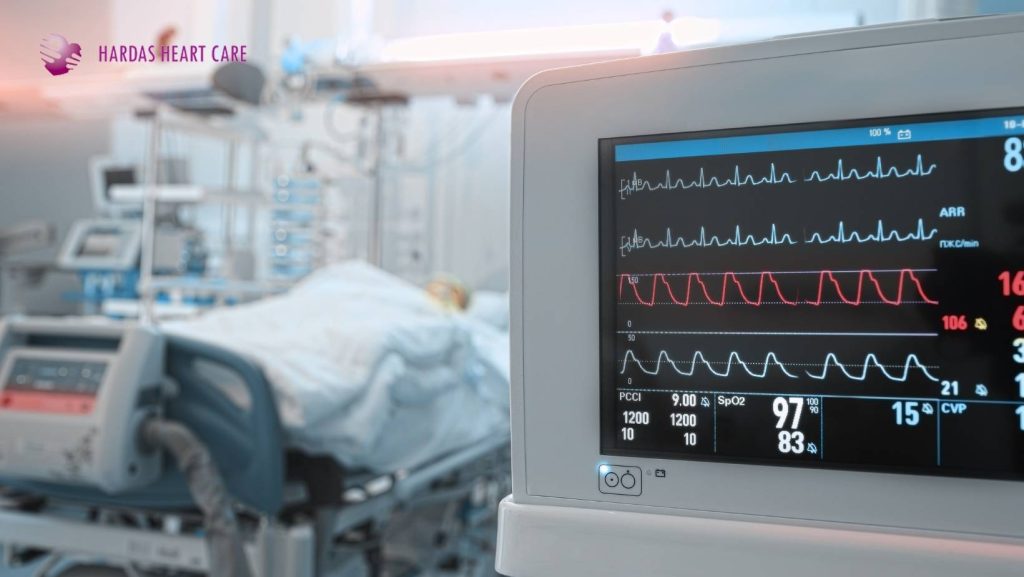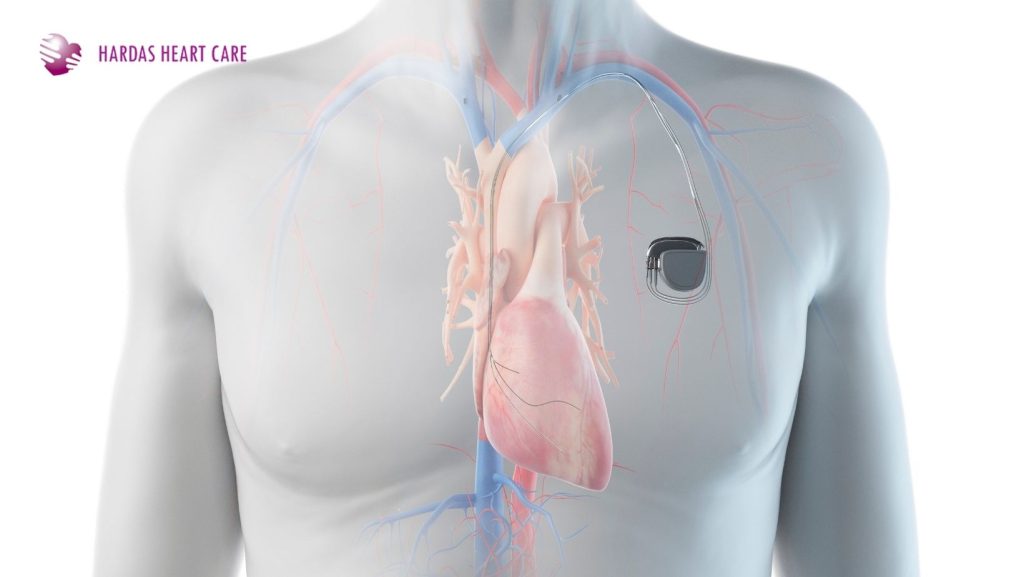Cardiopulmonary resuscitation is an emergency procedure performed when someone’s heart stops beating or they stop breathing, most often due to a cardiac arrest. CPR: A Lifeline in Your Hands – Empowering Our Community with Dr. Suhas Hardas. In the face of a sudden medical emergency, quick action can be the difference between life and death. One of the most critical life-saving techniques is Cardiopulmonary Resuscitation, commonly known as CPR. At Hardas Heart Care, we believe that everyone has the potential to be a lifesaver, and understanding CPR is the first step. For over 12 years, Dr. Hardas has been dedicated to spreading awareness about this vital skill, empowering our community to respond effectively when it matters most.
What is CPR and Why is it So Important?
Cardiopulmonary resuscitation is an emergency procedure performed when someone’s heart stops beating or they stop breathing, most often due to a cardiac arrest. It involves a combination of chest compressions and, in some cases, rescue breaths, to manually circulate blood and oxygen to vital organs like the brain.
The importance of immediate CPR cannot be overstated. When the heart stops, the brain and other organs are deprived of oxygen. Brain damage can begin in as little as four to six minutes without oxygen. By performing CPR, you can maintain blood flow to these critical organs, buying precious time until professional medical help arrives. The sooner CPR is initiated, the higher the chances of survival and recovery. Studies show that immediate CPR can double or even triple a person’s chances of surviving a cardiac arrest.
The Life-Saving Benefits of CPR
- Maintains Blood Flow: CPR helps circulate oxygenated blood to the brain and other vital organs, preventing irreversible damage.
- Buys Time: It provides crucial minutes for emergency medical services (EMS) to reach the scene and administer advanced care.
- Increases Survival Rates: Immediate bystander CPR significantly improves the likelihood of survival for victims of cardiac arrest.
- Empowers Bystanders: Knowing CPR empowers you to act confidently and effectively in an emergency, turning a helpless situation into an opportunity to save a life.
How to Give CPR: Short & Simple Steps
While formal training is highly recommended, knowing the basic steps of CPR can make a huge difference. For adults, Hands-Only CPR, which focuses solely on chest compressions, has proven to be very effective.
Hands-Only CPR for Adults (when someone collapses suddenly):
- Check for Safety: First, ensure the scene is safe for you and the person needing help.
- Check for Responsiveness: Tap the person’s shoulder and shout loudly, “Are you okay?”
- Call for Help: If there’s no response and the person isn’t breathing or is only gasping, immediately call your local emergency number (e.g., 102 in India) or ask someone nearby to do so. If an AED (Automated External Defibrillator) is available, ask someone to retrieve it.
- Begin Chest Compressions:
- Kneel beside the person.
- Place the heel of one hand in the center of their chest (on the lower half of the breastbone).
- Place your other hand on top of the first, interlocking your fingers.
- Keep your arms straight and position your shoulders directly over your hands.
- Push hard and fast: Compress the chest at least 2 inches (5 cm) deep at a rate of 100 to 120 compressions per minute. This is roughly the rhythm of the song “Stayin’ Alive.”
- Allow the chest to fully recoil after each compression.
- Continue Until Help Arrives: Keep performing continuous, high-quality chest compressions until EMS arrives or the person shows signs of movement.
For infants and children, or in cases of drowning or drug overdose, rescue breaths may also be necessary. It’s always best to get formal training to learn both compressions and breaths.
Join Dr. Hardas in Spreading Awareness
Dr. Suhas Hardas has been a passionate advocate for CPR awareness for over a decade, understanding that an informed community is a safer community. At Hardas Heart Care, we encourage everyone to learn CPR. It’s a skill that transcends professions and can be learned by anyone, anywhere. By learning cardiopulmonary resuscitation, you’re not just learning a technique; you’re gaining the power to make a profound difference in someone’s life.
Be a lifesaver. Learn CPR.



